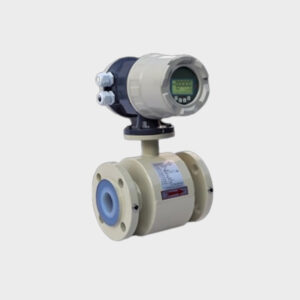Related products
Featured Products
-

 Juice Milk MAG Flow Meter5.00 out of 5
Juice Milk MAG Flow Meter5.00 out of 5 -
 Conductive Acid Flow Meter5.00 out of 5
Conductive Acid Flow Meter5.00 out of 5 -
 Chilled Water Flow Meter0 out of 5
Chilled Water Flow Meter0 out of 5
Best Selling Products
-
 VP 600 out of 5
VP 600 out of 5 -

-
 Chilled Water Flow Meter0 out of 5
Chilled Water Flow Meter0 out of 5
Latest Products
-

-
 IMI Norgren Guardian Compact CM/71 Series0 out of 5
IMI Norgren Guardian Compact CM/71 Series0 out of 5 -

Top Rated products
-
 Conductive Acid Flow Meter5.00 out of 5
Conductive Acid Flow Meter5.00 out of 5 -

 Juice Milk MAG Flow Meter5.00 out of 5
Juice Milk MAG Flow Meter5.00 out of 5 -
 Gas Flow Meter Orifice4.00 out of 5
Gas Flow Meter Orifice4.00 out of 5











